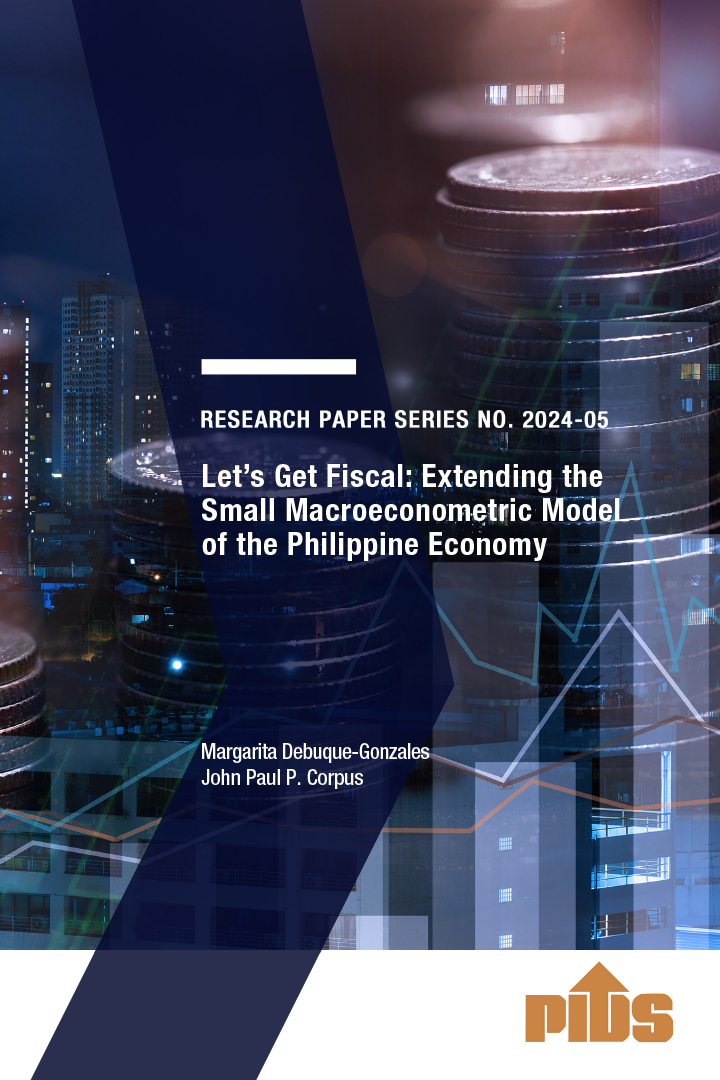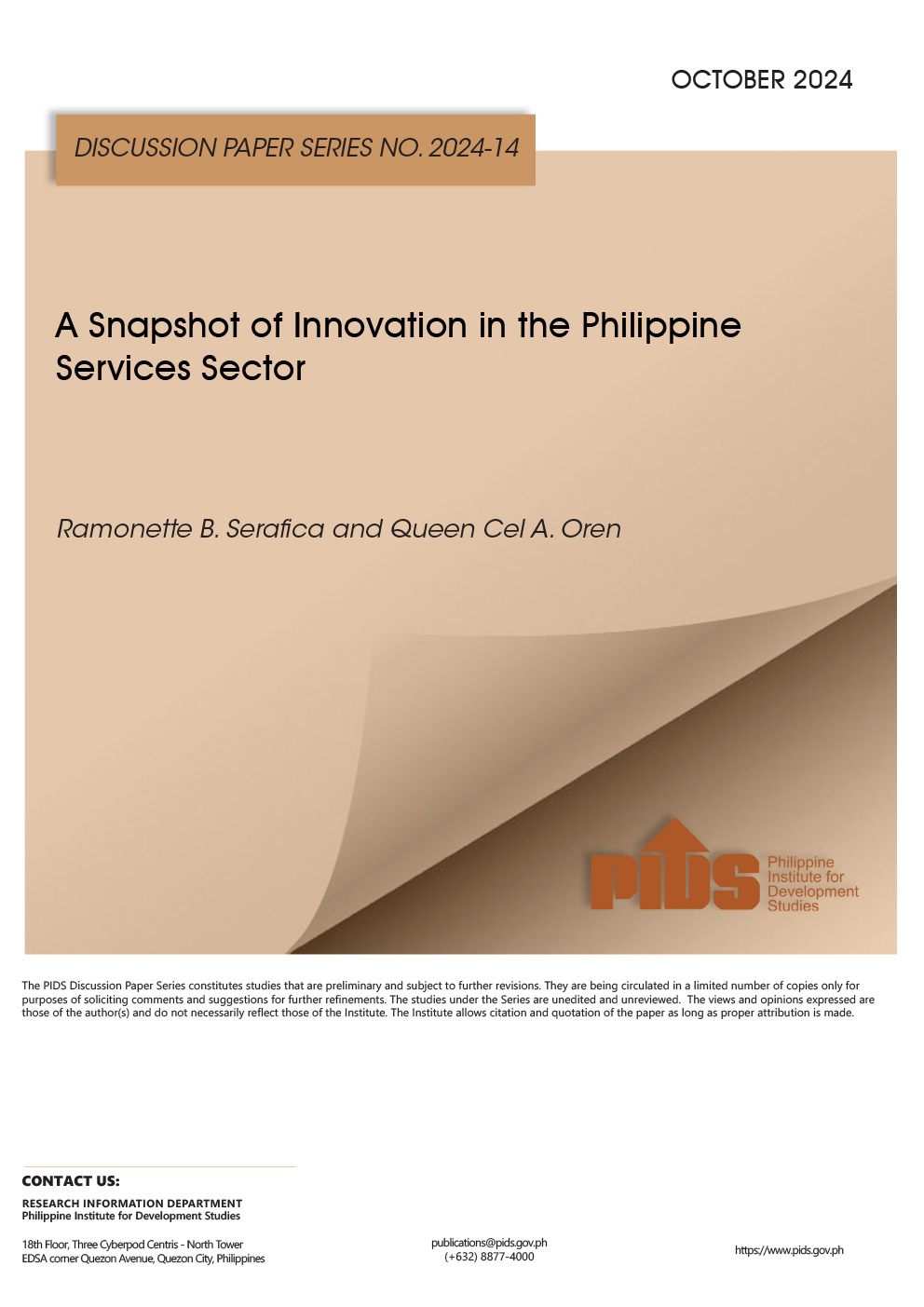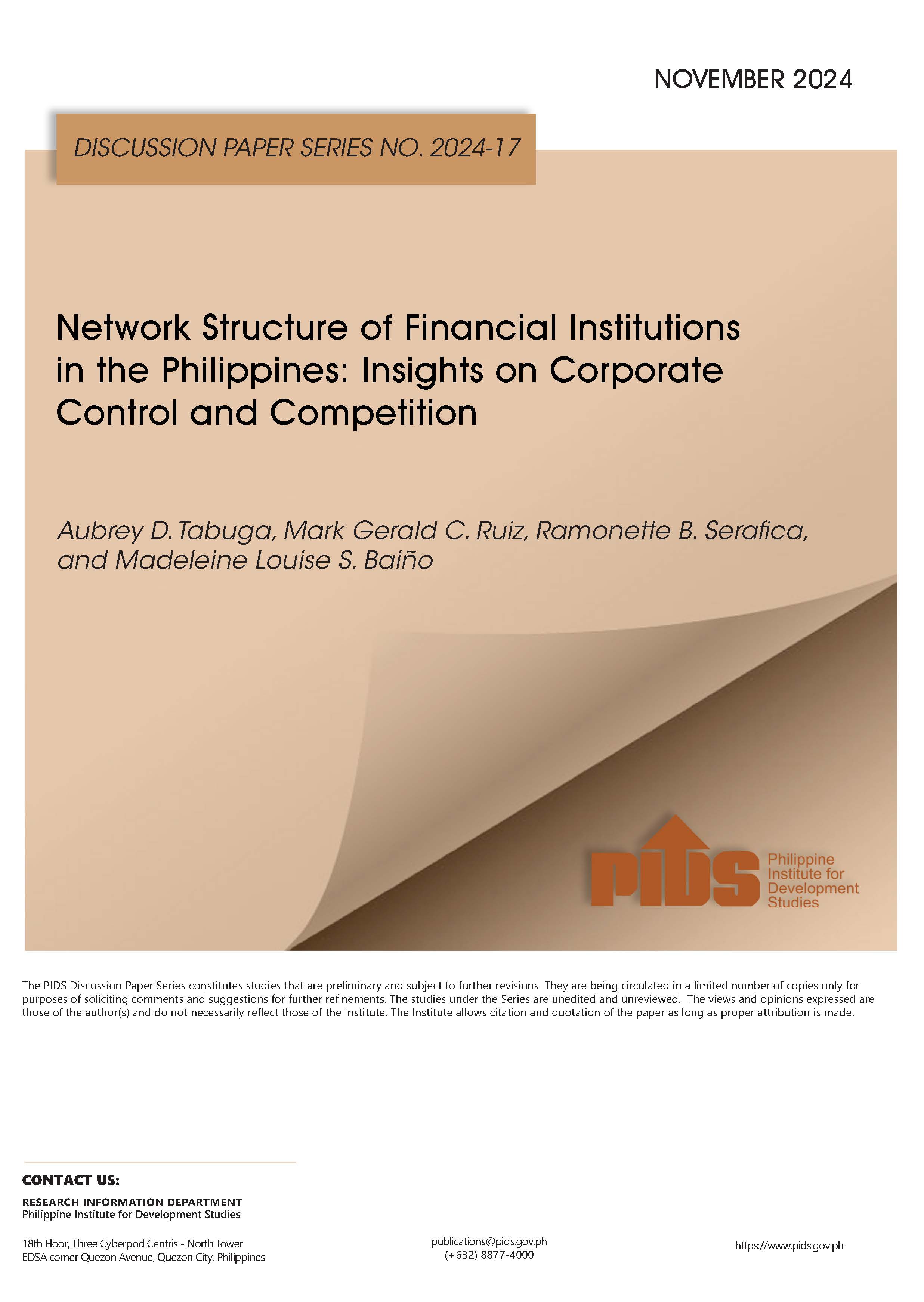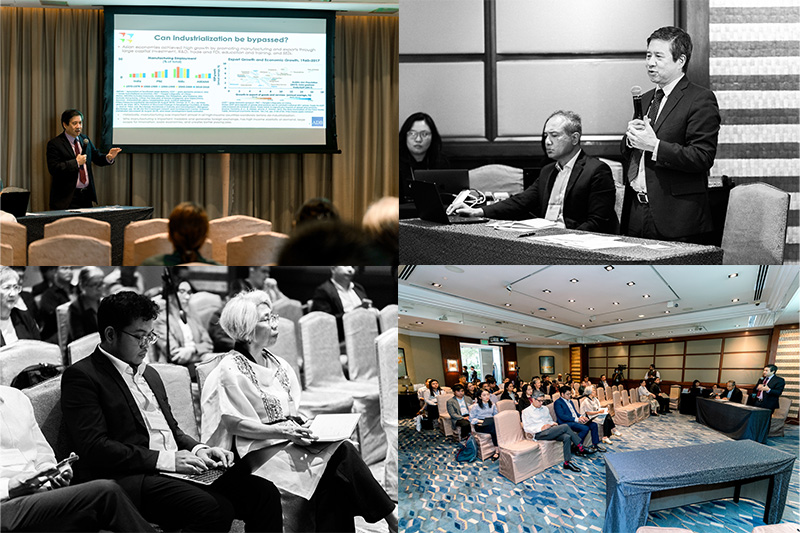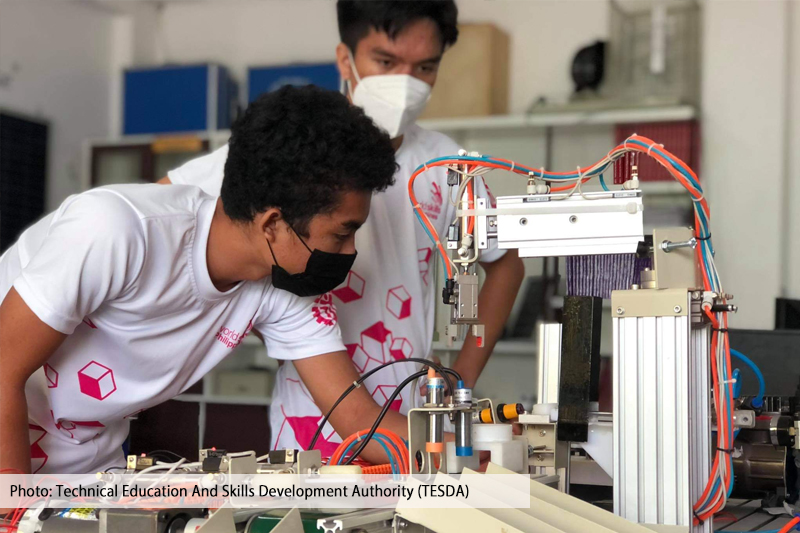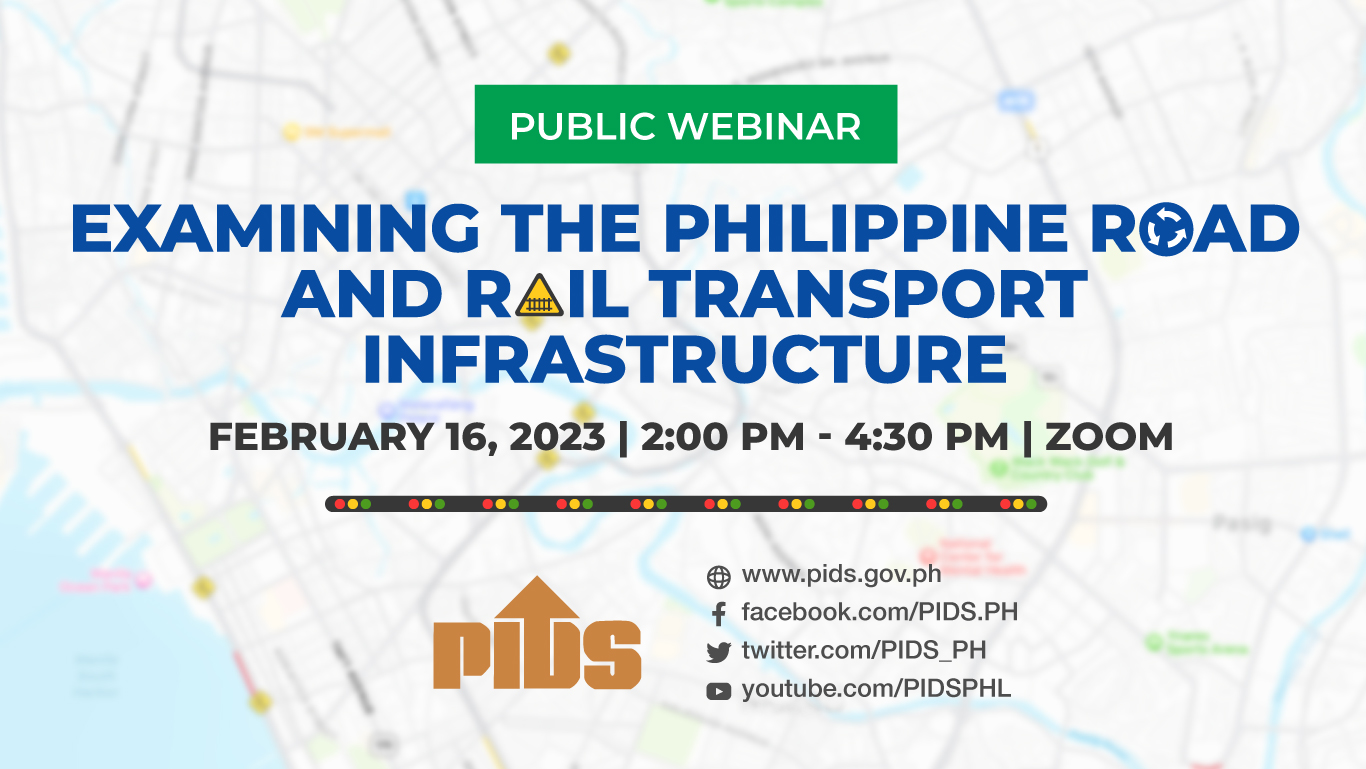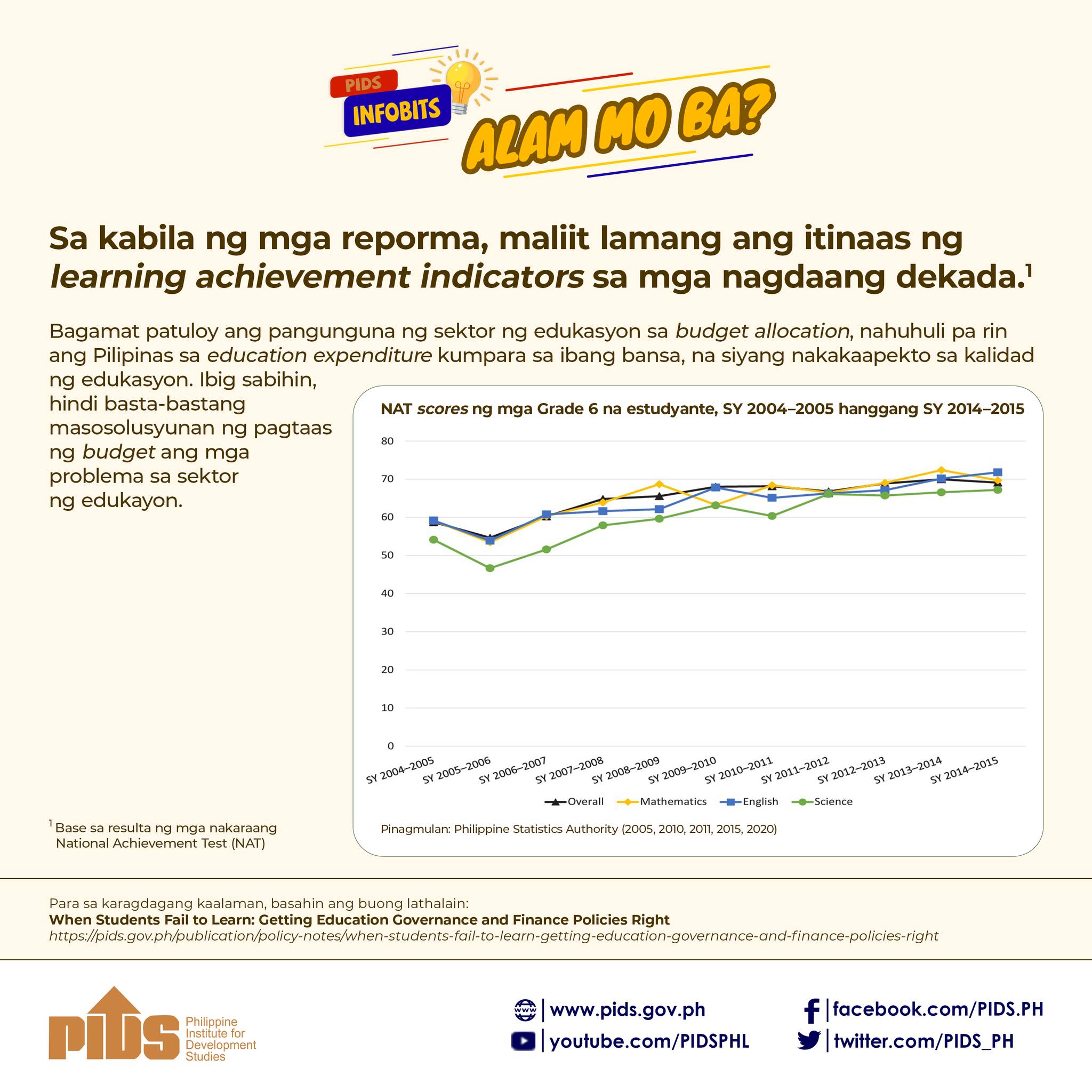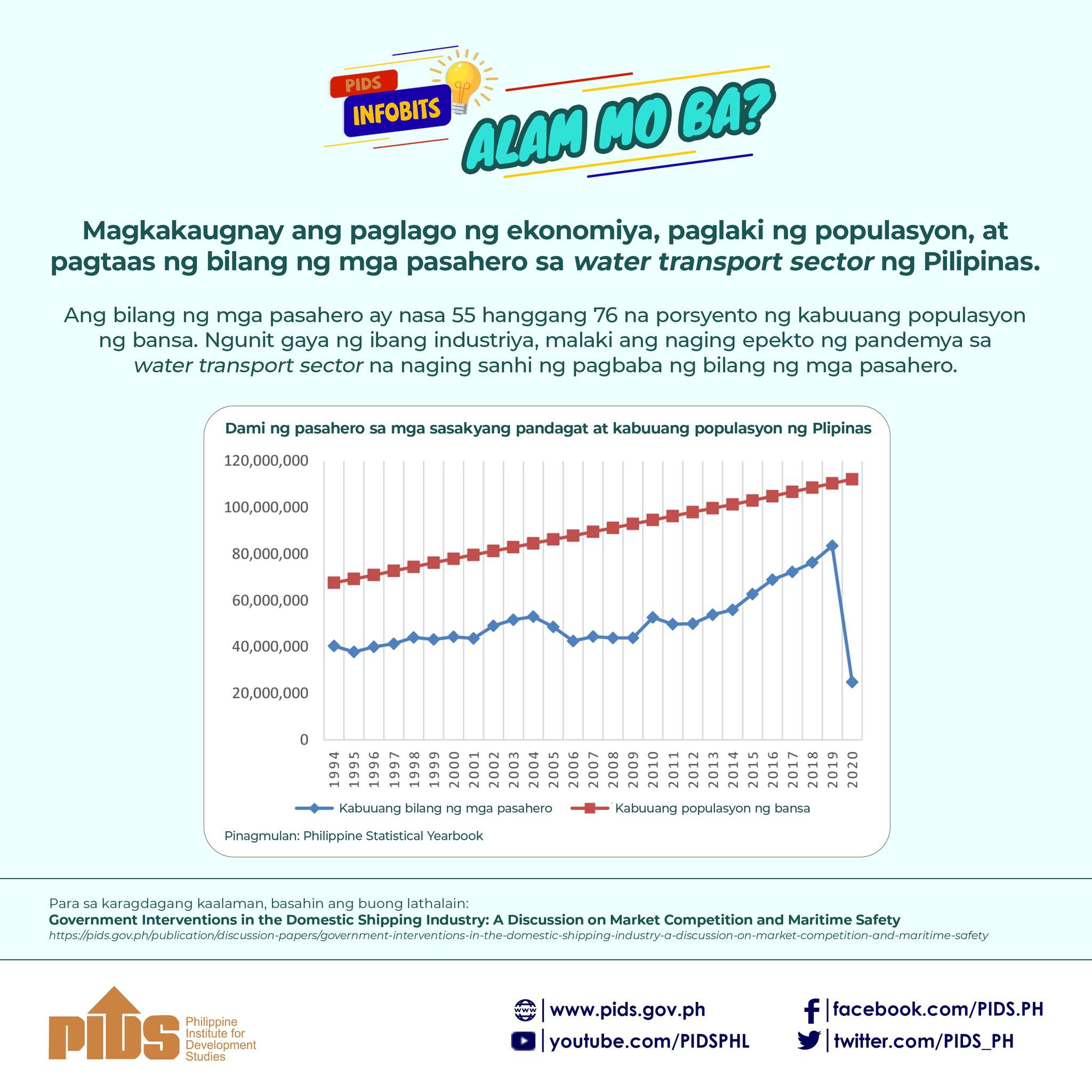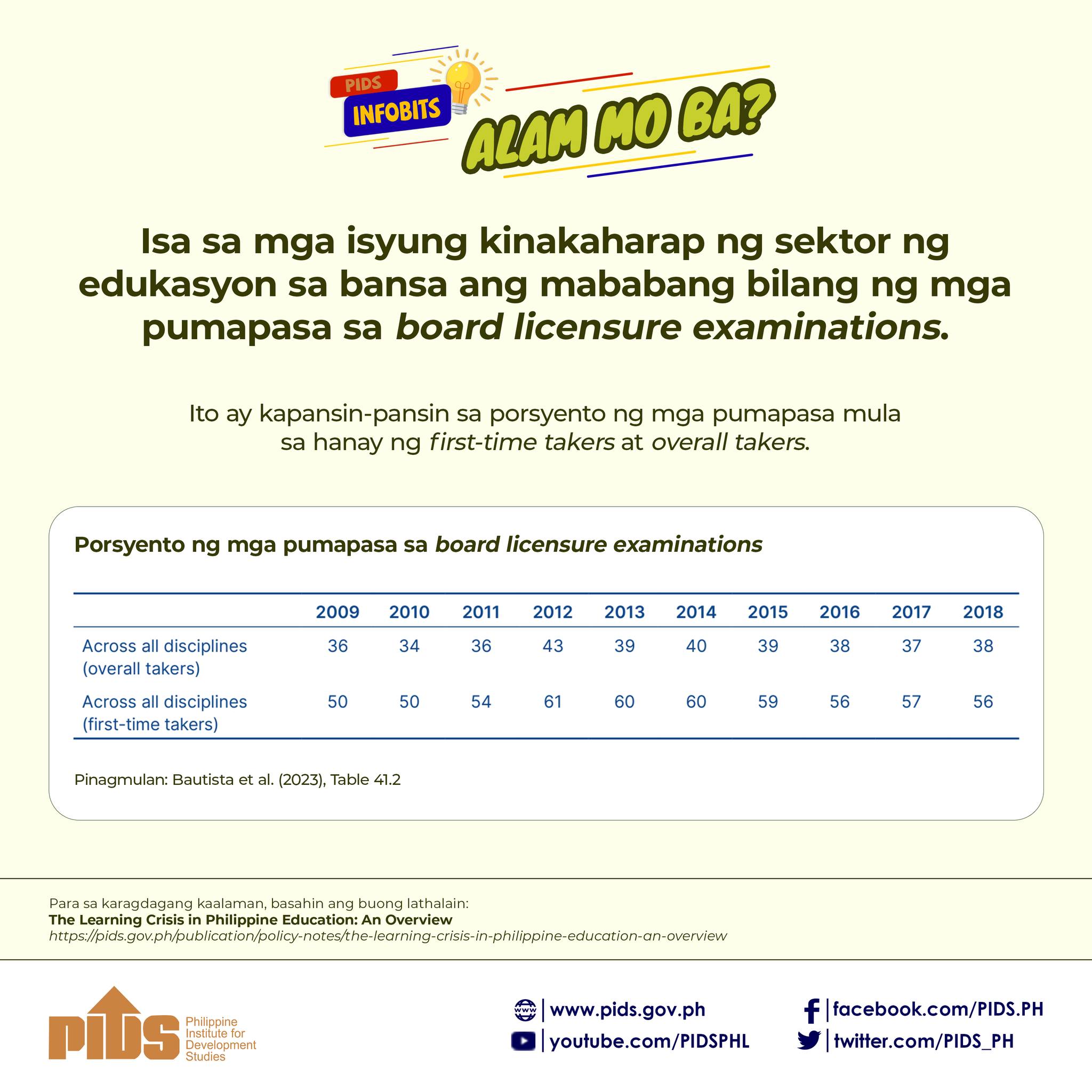Hopes for a resurgence in the Philippine automotive manufacturing industry could not have been stronger and more apparent last year especially after a new government fiat was released targeting to do just that.
At least for the biggest automotive assemblers in the country, the promise of a P27-billion incentive package being dangled under Executive Order No. 182, which provides for the implementation of the Comprehensive Automotive Resurgence Strategy (CARS) Program, was deemed worth looking into despite the “ambitious” requirements set by the government.
Trade officials are highly optimistic that the program will take off, as they anticipate applications to start coming in after the Department of Trade and Industry (DTI) released the implementing rules and regulations last Dec. 19. A commitment was also made on the part of the trade agency to fast-track the applications for the CARS Program to enable local automotive assemblers to take advantage of what was perceived to be the third wave of Asean motorization.
Only two assemblers, Toyota Motor Philippines Corp. and Mitsubishi Motors Philippines Corp., have been vocal and concrete in expressing their interest to participate in a program that, if successful, is seen to attract more than P27 billion in new parts manufacturing investments among others.
The program also aims to produce at least 600,000 vehicles, generate some 200,000 new jobs, and spur economic activity estimated to be worth P300 billion. The resulting contribution to gross domestic product is estimated at about 1.7 percent.
It’s not only the assemblers that are expected to benefit from the program. Philippine automotive parts makers are also anticipating a significant boost in their respective businesses since the CARS Program requires the participants to produce 200,000 units of a single model over the course of six years.
Trade Assistant Secretary Rafaelita M. Aldaba said the Philippine automotive sector would be highly crucial in the resurgence of the country’s manufacturing industry, as it could drive the growth of feeder industries across the supply chain. A car, she said, has over 30,000 parts and its construction was dependent on metal, chemical, plastic, textile, rubber, glass, steel, electrical and other manufacturing sub-sectors.
“Through inter-industry and supply chain linkages, auto manufacturing can have a large multiplier effect in an economy because any expansion in the automotive industry drives growth in feeder industries. While the Philippines’ domestic production of automobiles is currently limited, there are clear opportunities to increase production as the country’s middle class grows and Asean economic integration creates an open market of over six million people,” Aldaba said.
Vehicle exports
Since the program sees vehicle production outpacing current domestic demand, it is expected that the country will also resume exporting vehicles. The end goal is to eventually position the Philippines as a manufacturing hub in the region.
For 2015, sales of motor vehicles could have surged by about 36 percent to an estimated 320,000 units, from the 234,747 units sold the previous year. For 2016, automotive players are hoping for at least a 10 percent growth to roughly 350,000 units on the back of a strong and steady demand from the domestic market.
A discussion paper entitled “Industrial Policies and Implementation: Philippine Automotive Manufacturing as a Lens” cited the estimates of the Philippine Automotive Competitiveness Council Inc. (PACCI), which said the local sector has “the potential to make 273,000 units by 2017 (of which 225,000 will be for domestic market and 48,000 for exports market) and 506,000 units by 2022 (of which 350,000 for domestic and 156,000 for exports market).”
As of end-October 2015, the Philippines continued to be a laggard in the region in terms of motor vehicle production, having produced only 83,874 units, latest data from the Asean Automotive Federation showed. This was equivalent to a marginal 2.6 percent of the 3.28 million units produced by five Asean member states.
Thailand remained the frontrunner in motor vehicle production in the region with 1.6 million units produced in the first 10 months of the year. It was followed by Indonesia (940,495 units), Malaysia (519,171 units), and then Vietnam (138,347 units).
Anti-competitive claims
No matter how rosy the picture may seem, there are industry players—particularly those that cannot take advantage of the incentives offered by the CARS Program—that see this new policy as anti-competitive.
They said the program largely favored the oldest and biggest automotive firms in the country over other existing companies and new entrants. These assemblers have a capacity less than the 200,000-unit production requirement under the CARS Program.
They also scored the fact that there were no provisions that could entice foreign assemblers to enter the local automotive scene since the program’s requirements were deemed too high or ambitious.
The country was also deemed no match to the likes of Thailand, which offers better propositions to investors. High power costs, lack of suppliers, and inadequate infrastructure also continued to hamper the Philippines from becoming a hub for this crucial industry.
Another player, meanwhile, was still hoping the CARS Program would provide other means to enable companies to participate. Isuzu Philippines Corp. (IPC) also hoped to have a special window for mass transport.
“The volume requirement of 200,000 units remains a problem for us… Hopefully we can have a win-win situation. We’re still studying it to see if there are windows for us to participate, say if they can have a special window for mass transportation (requirements) such as jeepneys,” said IPC marketing head Joseph Bautista.
Crucial year
This year will be a crucial year for the CARS Program since this will see the implementation of the new industrial policy. Applications are expected to be filed by the players and approved by the trade agency, while incentives must already be appropriated in government budgets and rolled out during the period.
Hopes are also high that this new program will not suffer the same fate as the Motor Vehicle Development Program (MVDP), which was regarded as a failure for its inability to spur automotive manufacturing industries in the country.
During the period that the MVDP was in place, Ford Motor Co. shut down its vehicle assembly operations in Sta. Rosa, Laguna as part of the ongoing restructuring of the regional manufacturing operations of the company.
According to the Philippine Institute for Philippine Studies, critical to the success of the CARS Program is to have a dedicated infrastructure to harmonize national and international standards, test products and processes, among others.
While there is no immediate concern over the impact of the elections, PIDS said strong political support and continuity of reforms were needed.
“The most challenging and difficult dimension of the policy reform process is policy implementation. Even the best laid industrial plan may be waylaid by anticipated and unforeseen factors … The success of the policy reform program for the automotive manufacturing industry will depend on a number of factors and the interplay of goals and interests of various stakeholders,” a PIDS discussion paper stated.
“A challenging question is the issue of continuity of policy reform under the next administration. The country will elect its national leaders in May 2016 and continuing policy reform efforts is uppermost in the minds of the people,” the paper read.//
At least for the biggest automotive assemblers in the country, the promise of a P27-billion incentive package being dangled under Executive Order No. 182, which provides for the implementation of the Comprehensive Automotive Resurgence Strategy (CARS) Program, was deemed worth looking into despite the “ambitious” requirements set by the government.
Trade officials are highly optimistic that the program will take off, as they anticipate applications to start coming in after the Department of Trade and Industry (DTI) released the implementing rules and regulations last Dec. 19. A commitment was also made on the part of the trade agency to fast-track the applications for the CARS Program to enable local automotive assemblers to take advantage of what was perceived to be the third wave of Asean motorization.
Only two assemblers, Toyota Motor Philippines Corp. and Mitsubishi Motors Philippines Corp., have been vocal and concrete in expressing their interest to participate in a program that, if successful, is seen to attract more than P27 billion in new parts manufacturing investments among others.
The program also aims to produce at least 600,000 vehicles, generate some 200,000 new jobs, and spur economic activity estimated to be worth P300 billion. The resulting contribution to gross domestic product is estimated at about 1.7 percent.
It’s not only the assemblers that are expected to benefit from the program. Philippine automotive parts makers are also anticipating a significant boost in their respective businesses since the CARS Program requires the participants to produce 200,000 units of a single model over the course of six years.
Trade Assistant Secretary Rafaelita M. Aldaba said the Philippine automotive sector would be highly crucial in the resurgence of the country’s manufacturing industry, as it could drive the growth of feeder industries across the supply chain. A car, she said, has over 30,000 parts and its construction was dependent on metal, chemical, plastic, textile, rubber, glass, steel, electrical and other manufacturing sub-sectors.
“Through inter-industry and supply chain linkages, auto manufacturing can have a large multiplier effect in an economy because any expansion in the automotive industry drives growth in feeder industries. While the Philippines’ domestic production of automobiles is currently limited, there are clear opportunities to increase production as the country’s middle class grows and Asean economic integration creates an open market of over six million people,” Aldaba said.
Vehicle exports
Since the program sees vehicle production outpacing current domestic demand, it is expected that the country will also resume exporting vehicles. The end goal is to eventually position the Philippines as a manufacturing hub in the region.
For 2015, sales of motor vehicles could have surged by about 36 percent to an estimated 320,000 units, from the 234,747 units sold the previous year. For 2016, automotive players are hoping for at least a 10 percent growth to roughly 350,000 units on the back of a strong and steady demand from the domestic market.
A discussion paper entitled “Industrial Policies and Implementation: Philippine Automotive Manufacturing as a Lens” cited the estimates of the Philippine Automotive Competitiveness Council Inc. (PACCI), which said the local sector has “the potential to make 273,000 units by 2017 (of which 225,000 will be for domestic market and 48,000 for exports market) and 506,000 units by 2022 (of which 350,000 for domestic and 156,000 for exports market).”
As of end-October 2015, the Philippines continued to be a laggard in the region in terms of motor vehicle production, having produced only 83,874 units, latest data from the Asean Automotive Federation showed. This was equivalent to a marginal 2.6 percent of the 3.28 million units produced by five Asean member states.
Thailand remained the frontrunner in motor vehicle production in the region with 1.6 million units produced in the first 10 months of the year. It was followed by Indonesia (940,495 units), Malaysia (519,171 units), and then Vietnam (138,347 units).
Anti-competitive claims
No matter how rosy the picture may seem, there are industry players—particularly those that cannot take advantage of the incentives offered by the CARS Program—that see this new policy as anti-competitive.
They said the program largely favored the oldest and biggest automotive firms in the country over other existing companies and new entrants. These assemblers have a capacity less than the 200,000-unit production requirement under the CARS Program.
They also scored the fact that there were no provisions that could entice foreign assemblers to enter the local automotive scene since the program’s requirements were deemed too high or ambitious.
The country was also deemed no match to the likes of Thailand, which offers better propositions to investors. High power costs, lack of suppliers, and inadequate infrastructure also continued to hamper the Philippines from becoming a hub for this crucial industry.
Another player, meanwhile, was still hoping the CARS Program would provide other means to enable companies to participate. Isuzu Philippines Corp. (IPC) also hoped to have a special window for mass transport.
“The volume requirement of 200,000 units remains a problem for us… Hopefully we can have a win-win situation. We’re still studying it to see if there are windows for us to participate, say if they can have a special window for mass transportation (requirements) such as jeepneys,” said IPC marketing head Joseph Bautista.
Crucial year
This year will be a crucial year for the CARS Program since this will see the implementation of the new industrial policy. Applications are expected to be filed by the players and approved by the trade agency, while incentives must already be appropriated in government budgets and rolled out during the period.
Hopes are also high that this new program will not suffer the same fate as the Motor Vehicle Development Program (MVDP), which was regarded as a failure for its inability to spur automotive manufacturing industries in the country.
During the period that the MVDP was in place, Ford Motor Co. shut down its vehicle assembly operations in Sta. Rosa, Laguna as part of the ongoing restructuring of the regional manufacturing operations of the company.
According to the Philippine Institute for Philippine Studies, critical to the success of the CARS Program is to have a dedicated infrastructure to harmonize national and international standards, test products and processes, among others.
While there is no immediate concern over the impact of the elections, PIDS said strong political support and continuity of reforms were needed.
“The most challenging and difficult dimension of the policy reform process is policy implementation. Even the best laid industrial plan may be waylaid by anticipated and unforeseen factors … The success of the policy reform program for the automotive manufacturing industry will depend on a number of factors and the interplay of goals and interests of various stakeholders,” a PIDS discussion paper stated.
“A challenging question is the issue of continuity of policy reform under the next administration. The country will elect its national leaders in May 2016 and continuing policy reform efforts is uppermost in the minds of the people,” the paper read.//

